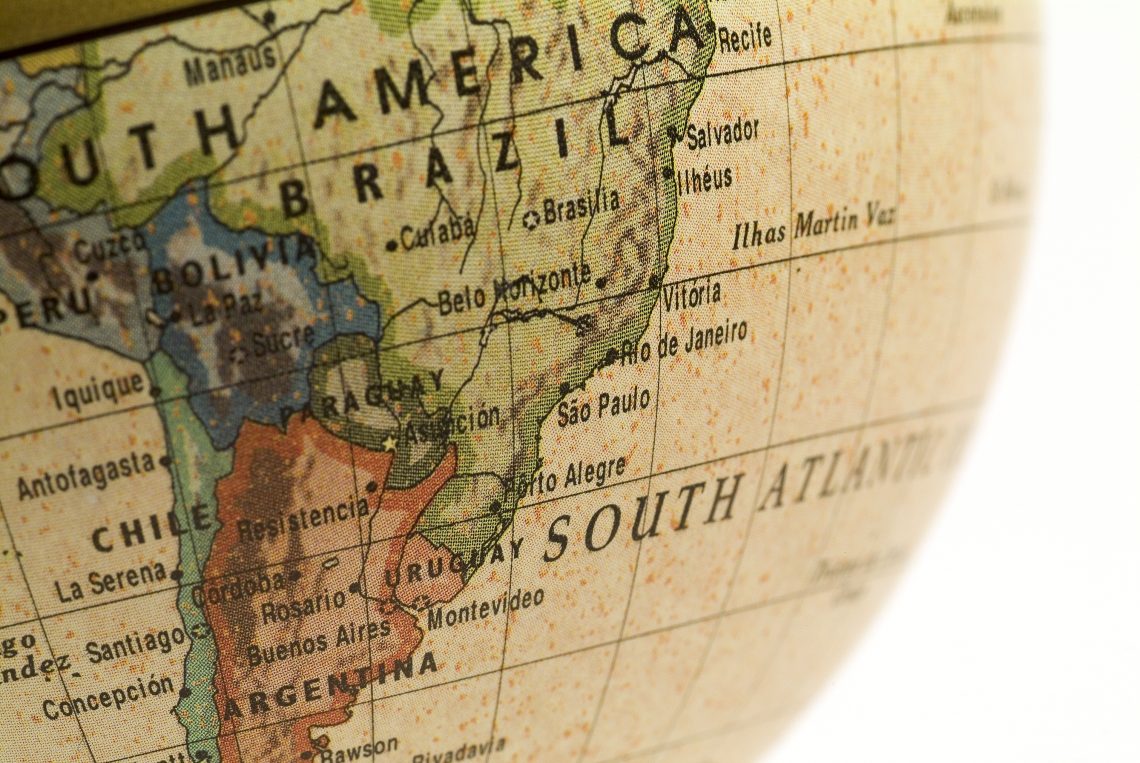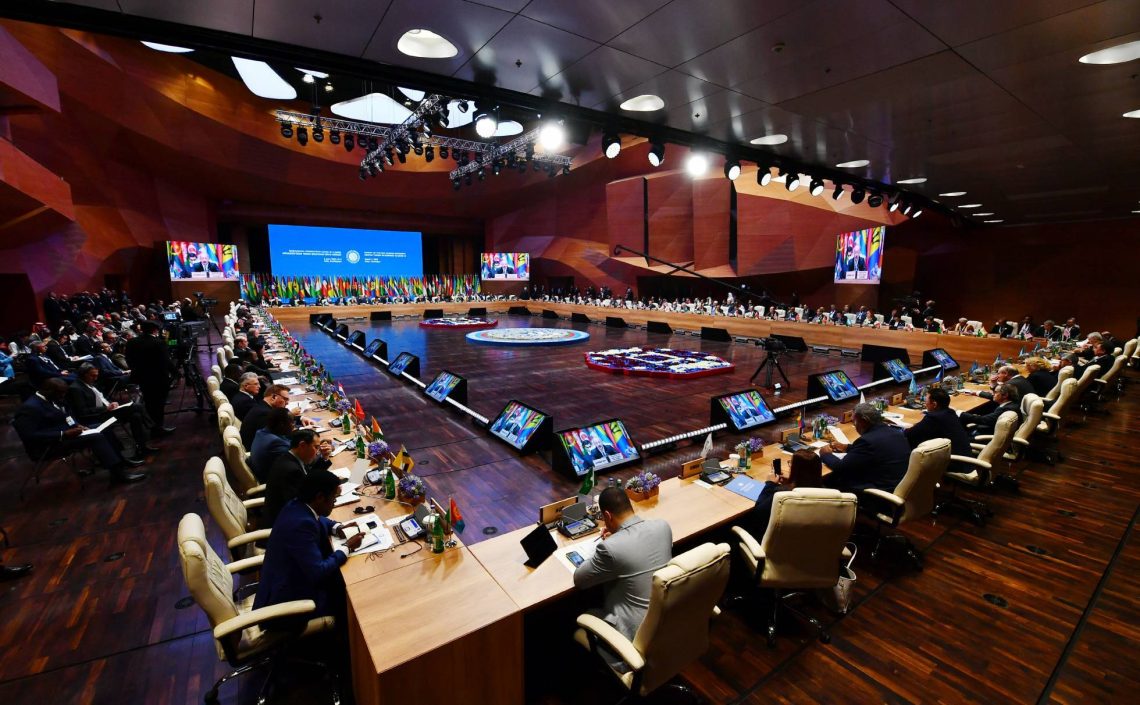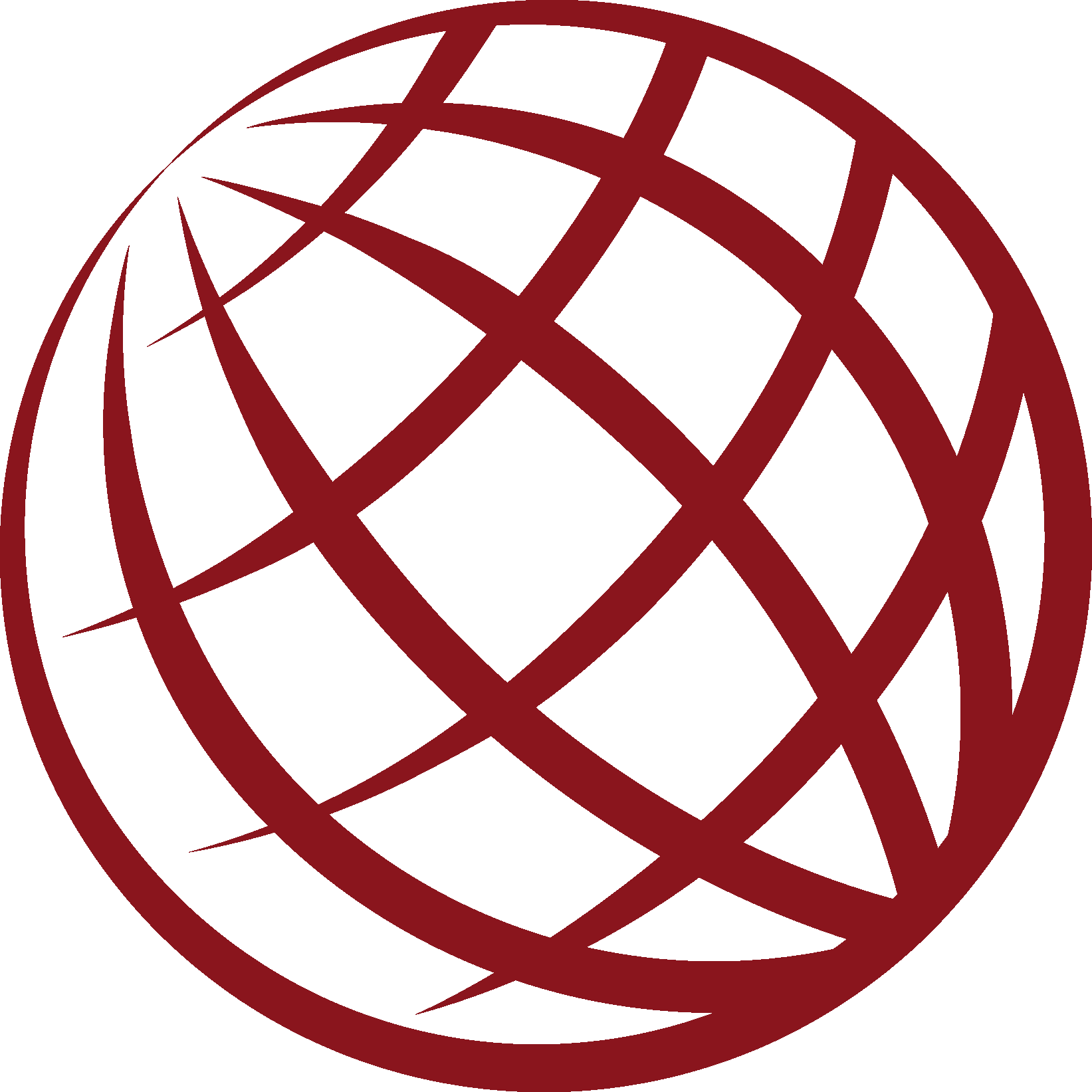World News – 2024 – Video Playlist | Video Playlists | Sites: | newsandtimes.org | links-newsandtimes.com | worldwebtimes.com | southcaucasusnews.com | russianworld.net | jossica.com | octobersurprise2016.org | bklyntimes.com | oceanavenuenews.com | fbireform.com | bloggersunite.net | octobersurprise-2024.org | Trump-News.org | Audio-Posts.com | Bklyn-NY.com | Posts Review – newsandtimes.org | Capitol-Riot.com |
The News And Times Review – NewsAndTimes.org
The vast grouping of less-developed nations is experiencing a revival today. India, China and Russia are generally more engaged with them than the United States and Europe.
 Many nations of Latin America, Asia, Africa and Oceania are considered to be part of the Global South. © Getty Images
Many nations of Latin America, Asia, Africa and Oceania are considered to be part of the Global South. © Getty Images
- Russia’s influence over the nominally nonaligned nations remains from the Cold War
- China and India consider themselves leaders and members of the Global South
- The U.S. will likely pursue less active diplomacy unless vital interests are at stake
The Global South refers broadly to nations in Latin America, Africa, Asia and Oceania that are less developed than richer, mostly northern, countries.
It is also considered a geopolitical alignment, with associations such as BRICS (Brazil, Russia, India, China and South Africa) formed as alternative structures to groups such as the British Commonwealth, European Union, G7 and G20, or the Russian-led Commonwealth of Independent States.
Many of these countries have a legacy of oppression under colonialism, racism and imperialism. They lack the benefits of more industrialized nations and some of them claim they are suffering the brunt of global warming. In the United States, the Global South commands greater attention but little consensus over policy.
In part, the concept draws from the legacy of the nonaligned movement during the Cold War. In retrospect, the movement was anything but nonaligned. Moscow supported the idea and used it as a tool for expanding its influence and marginalizing the West, all under the false flag of neutrality and sympathy for the developing world. In practice, even nations that committed to the movement as foundational to their foreign relations did plenty of aligning, out of necessity. The Soviet Union encouraged the themes of combating the legacies of imperialism and colonialism.
The term Global South became commonly used, particularly in the latter stages of the Cold War.
While the nonaligned movement was rooted in the power struggles of great power competition, the Soviets also sought to infuse Marxist-Leninist ideology. Many nonaligned nations, for instance, took advantage of the opportunities to send their children and professionals to Moscow for undergraduate, graduate and postdoctoral education and technical training. National elites for decades were trained in the Soviet system.
Post-1989, the movement largely drifted into irrelevance, reflecting the fact that much of the energy keeping it going came from the Soviet bloc. But it did not disappear. Generations of politicians, professionals and academics were suffused in the ideas and the teachings of the movement. Most notable was India, whose nonalignment policy and stubbornly pro-Russian stance persisted for decades.
While the Global South has historical roots, its revival reflects contemporary geopolitics. Hence the debate in the West about whether to view the movement through its historical foundations or interpret as a fresh development.
The West still misunderstands the Global South
In another major challenge for Washington, several major powers have significant interest and activity in the Global South. None of them directly align with the U.S.
China. Beijing has made engaging with these nations as integral to its soft-power diplomacy. China fashions itself as part of the group. “China is identifying itself as a member of the Global South family,” argues Dr. Lina Benabdallah, an assistant professor of politics and international affairs at Wake Forest University. “This makes them more appealing to countries in the Global South, as well as a model for countries aspiring to be great nations.”
Beijing routinely asserts that the country should be considered a developing nation in international organizations and treaties. China uses its status as a developing country to benefit from provisions and special treatment in treaties and international organizations intended to help poor nations.
China has also reinvigorated the Marxist constructs of the nonalignment movement asserting that the West is imperialist and exploitive of developing nations. China’s agenda pairs well with Beijing’s interest in developing economic, diplomatic and political relationships with countries in the Indo-Pacific, Africa and Latin America. China routinely asserts solidarity with the developing nations, often attempting to challenge, supplant or undermine other powers.
Russia. Moscow has long had a policy of engaging countries in Africa and Latin America. Russian influence in the Global South is clearly reflected in policies responding to Moscow’s war against Ukraine. Many nations in the Global South adopt positions sympathetic to Russia. In part, these policies reflect not just pro-Russian stances, but complaints about “hypocrisy” in the West lavishing assistance on Ukraine and attention to the needs of its refugees and demonstrating far less generosity to similar crises in developing nations.
Russia routinely uses its influence in Latin America and Africa to undermine U.S. interests, such as supporting authoritarian regimes like Venezuela.
India. New Delhi has made outreach foundational to its foreign policy. For example, it has highlighted engagement with the Global South during its turn in the G20 presidency. This may reflect India’s history as a leader in the nonaligned movement. Still, much more is at play. India in some respects still sees itself as a developing nation, sharing solidarity with countries that face similar challenges of “food, fertilizer and fuel security.” India also sees itself as a bridge between the developed and developing worlds.
Finally, India sees these nations as a field to gain influence in its rivalry with China in developing countries, the broader Indo-Pacific and global institutions.
While India is developing much stronger bilateral ties with the U.S., particularly in countering China, Global South diplomacy is mostly firewalled from aligning with Washington. New Delhi emphasizes its role in the Global South to remind that it is not aligned with any great power.
Europe. The European Union, and several European states including France, Italy and Spain, see outreach and cooperation with parts of the Global South as part of their historical legacy, cultural affinity and geopolitical interests. Spain, for example, actively engages with Latin America. Both France and Italy are active in North Africa.
Europeans do not have a comprehensive or integrated response or engagement in the Global South. While they sometimes cooperate with the U.S. in these areas, their activities are largely viewed as independent prerogatives outside the context of transatlantic relations.
 Azerbaijani President Ilham Aliyev delivers a speech during the Summit of Non-Aligned Movement Contact Group in Baku, Azerbaijan, on March 2, 2023. © Getty Images
Azerbaijani President Ilham Aliyev delivers a speech during the Summit of Non-Aligned Movement Contact Group in Baku, Azerbaijan, on March 2, 2023. © Getty Images
There are several issues that also complicate American policies.
Climate. Environment and energy are issues of common concern across the Global South. Yet, engagement on this issue is complicated in two ways. On the one hand, developing nations believe they suffer most from the consequences of climate change while developed nations are responsible for most of the emissions and should pay for most of the mitigation. On the other, the West supports and insists on rapid transformation to green technologies, which are often too expensive and unsuited to developing nations that lack widespread availability of abundant, reliable and affordable electricity. The imposition of Western solutions on developing nations grates as another form of external imperialism.
De-dollarization. Another challenge for Washington is the growing campaign to establish alternatives to the U.S. dollar as a global reserve currency. This would reduce the U.S.’s role and influence in international trade and foreign direct investments, as well degrade the influence of U.S. sanctions. Among both BRICS and Global South nations, this has been championed by countries like Brazil and South Africa, encouraged by China and Russia.
History and race. Although the U.S. does not have the expansive legacy of European imperialist powers, Americans do have a history of slavery and racism. During the Cold War and post-Cold War, Washington has been accused of meddling in the sovereignty of developing nations and imposing political, economic and cultural influences. This past is used to question the intentions and legitimacy of U.S. engagement in the Global South.
The most likely scenario is that the U.S. will not develop a comprehensive response or engagement strategy for the Global South.
Vital Interests. U.S. foreign policy under Republicans or Democrats tends to be dominated by vital geopolitical interests. The U.S. response in Ukraine, for instance, was disproportionate to other conflicts, not because of racism, but because stability in Europe is among the top vital U.S. interests. The Global South as an entity is not a vital U.S. interest. By the same token, many of the individual nations in the Global South are not core to U.S. interests.
Strategy. No matter how the U.S. defines a Global South policy, it will be shaped by inherent contradictions. The U.S. cannot legitimately claim solidarity with the Global South. Any effort to comprehensively address the Global South would appear patronizing (distasteful in those countries or contrite and repentant – controversial in the U.S.). Nor can the U.S. attempt to delegitimize the concept of the Global South as beholden to Russia or China. This challenges the agency of the member nations and triggers resentment. Since America’s close partner India champions the Global South and is seeking a leadership role, such a strategy would both undermine and antagonize a key U.S. strategic partner.
Economics. Direct economic competition with the developing world to combat de-dollarization would likely trigger unintended and potentially debilitating economic disruption. The key factors that the U.S. controls are the strength of the U.S. dollar through decisions made on debt, economic growth and trade policy – not a policy toward the Global South per se.
Energy. Republicans and Democrats endorse virtually opposite policies on climate. The American left favor a rapid transition to green energy and major investments in global mitigation. In contrast, the American right is less interested in underwriting global mitigation and far more supportive of an “all of the above” approach to energy development, including traditional fossil fuels and nuclear power. Therefore, a consistent, coherent partnership with the Global South is unlikely.
Alliances. If a Global South policy could be framed as an “anti-Russia and China” policy, Washington might be able to forge a united approach with friends and allies. In the near term that appears unlikely. There is no consensus on a global response.
International organizations. Due to their large number, it would not be in the U.S.’s interests to see the Global South voting as a coherent bloc in international organizations, particularly under the leadership of China. This development would be disadvantageous to the U.S. and other powers. The U.S. is also likely to invest more in groupings such as the G7, the Quad and NATO as instruments to influence global leadership.
Given these significant challenges, the U.S. is unlikely to develop any general response to the Global South beyond palliative rhetoric. More likely is that the U.S. will largely eschew engaging the Global South as a coherent body. Rather, the U.S. will continue to engage with regions, addressing the concerns and challenges through a variety of economic, security, energy, diplomatic, political and foreign assistance strategies. The U.S. is more likely to address the underlying challenges such as de-dollarization and competition with China and Russia through mechanisms other than the Global South structure.

Receive insights from our experts every week in your inbox.



